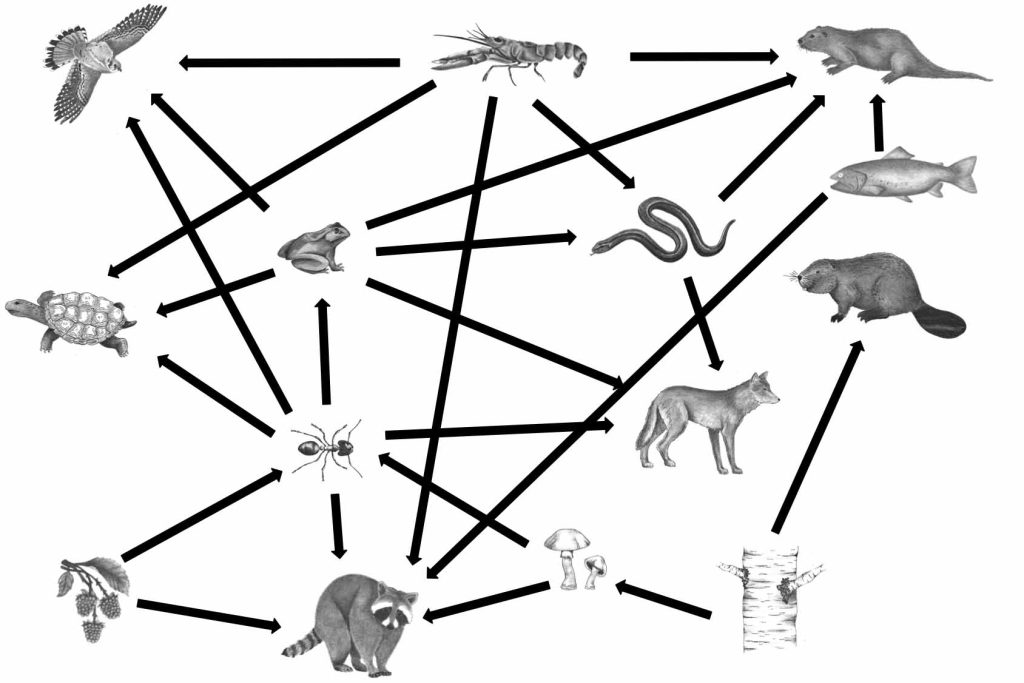Week 4 – Mysterious Mammals and Food Webs
While there are many types of animals that may live in your community from the smallest insects, to largest mammals and birds. This week we will be turning our attention to mammals, or a group of vertebrates (animals with backbones) that have hair, are warm-blooded (endothermic), and typically give birth to their young.
Naturalist Challenge: Can you think of some of your favorite species of mammals that live near you? How about some others found around the world?
Mammals, tend to be some of the most mysterious, usually staying just out of sight. Despite this elusive nature, they can leave behind some great clues for us to use as we try to identify them. This week we will learn about some of the common clues that mammals leave behind, including tracks, bones, scat and markings.
Throughout our Jr Naturalist adventure we have observed many different parts of natural spaces in our communities. Your second challenge this week is to pull a lot of your observations together to create your own food web. A food web is a little different from a food chain as it shows all the interconnections between many predators and prey in an ecosystem instead of simple linear connections from producer to apex (top) predator.
Food Chain Example – Sun→ Flower→ Butterfly→ Frog→ Snake → Owl
Food Web Example –

